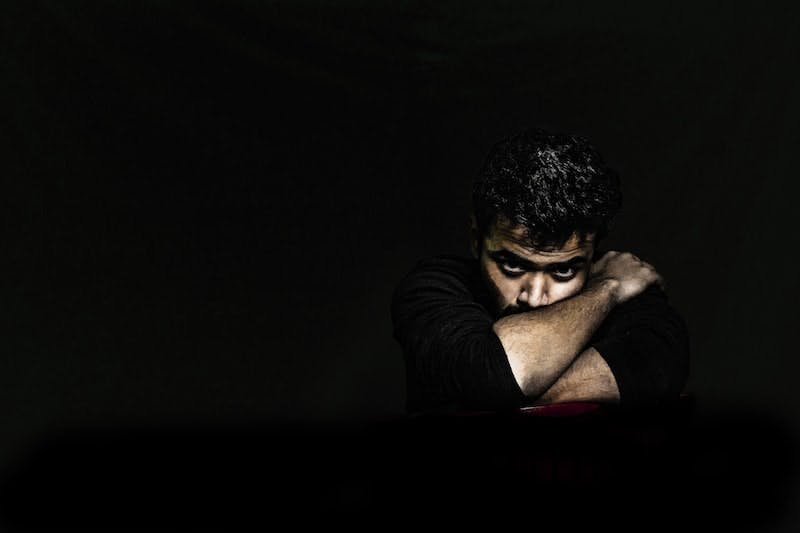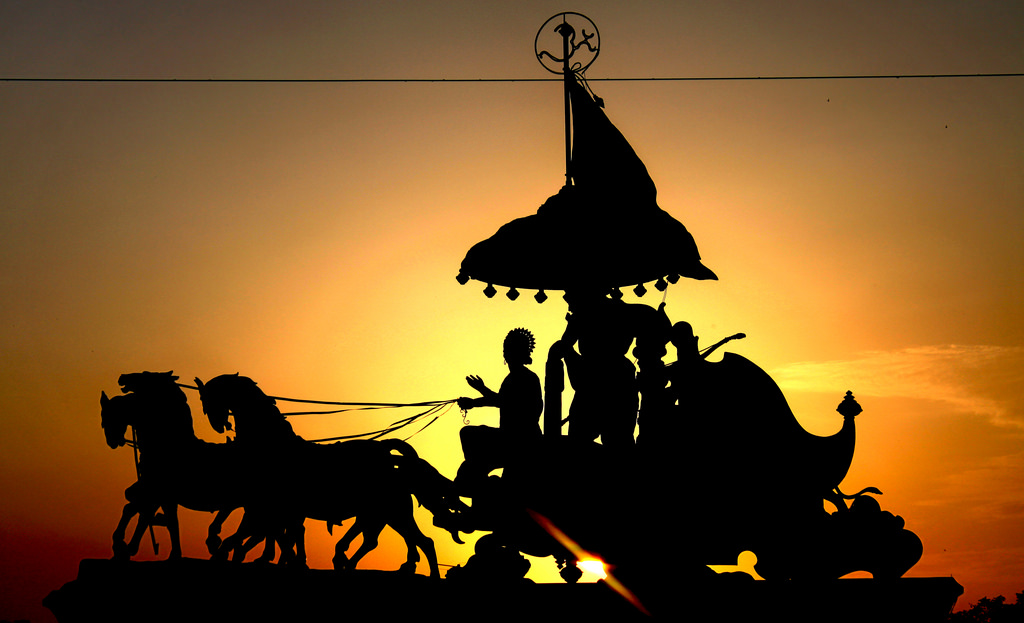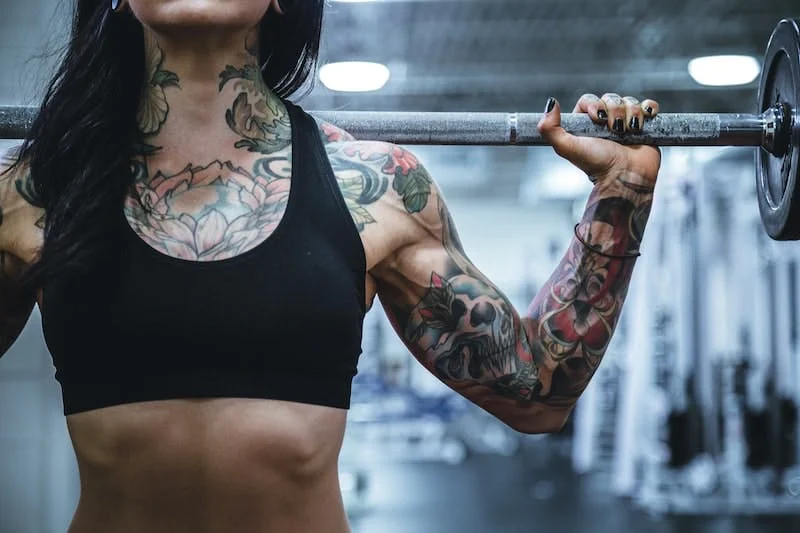
Indian Men, Murders, Masculinity, and the News
Reading news about cold-blooded crimes and sensational murders is never easy, even if you are obsessed with true crime shows and podcasts. It makes us look at the world differently and second-guess what we know and who we trust. If you identify as a woman, grisly headlines about gender-based crime can feel personal. And it is tougher to process such news when the perpetrators include women.
To some, it might seem that society gives outsized importance to violence faced by women over violence faced by men. The National Crime Record Bureau’s (NCRB) 2021 findings show that 72% of murder victims are men and male children. Women account for 27% of these victims, and trans people make up a total of 0.03% [Page 171 of the NCRB report]. In this respect, men are facing around 2.7 times as much violence as women.
But what else does the data tell us?

It’s important to consider not just who the survivor is, but also who is perpetrating these crimes: As per the NCRB’s 2013 records, 95% of violent crimes are committed by males, while 5% are committed by females. When it comes to violence specifically against women, 86% of criminals are males, while 14% are female. If you look at the larger picture — the total number of crimes committed — females account for 5%, while males account for the rest.
When you consider the abetment of suicide in women, the number of men arrested, charge-sheeted and convicted in 2021 has exceeded the number of women across these three factors. The number of men vs women arrested for abetment of suicide in children tells the same story. [Page 362 of the report]
Assault and murder committed over disputes of land, money and property, or for personal gain, are not systemic — as opposed to dowry deaths, rapes, caste crimes, murders committed over an individual’s choices in love/marriage (otherwise known as ‘honour killings’) and class conflicts.

The NCRB’s data from 2020 suggests that the rate of suicide for men is more than twice that for women.. Patterns of causes differ according to gender: It appears that unemployment, bankruptcy and perceived professional failure affect males to a greater extent than females. So do ‘non-settlement of marriage’ and extra-marital affairs. When it comes to factors like infertility and dowry, women are more likely to be affected.
This is not a phenomenon unique to India. Globally, more men die of suicide than women (though the number of women diagnosed with depression and suicidal ideation is higher than men). Research suggests that this is tied into the means used by men, which have been described as being more violent.
The Reading Room Take 1: The idea that Indian masculinity is in crisis has been discussed more widely in the last few years. Perhaps a productive way to navigate this crisis is to understand how centuries-old notions of masculinity play out in the world today, and how they hurt society at large, as well as men themselves. Unless men are willing to play a role in fighting the patriarchy and troubling manifestations of masculinity, and in the process give up the power and control that comes with it, they will continue to be hurt by them.
This is going to be a tough journey for men. They are conditioned to and expected to act tough, not reflect on their feelings and state of mind. Men are also seen as being less ’emotional’ than women, a stereotype that seems oblivious to how men act upon their anger in small and big ways: whether it is trolling someone on social media, or resorting to violence in their personal lives. Anger in men is perceived very differently than anger in women.

The Reading Room Take 2: There are no easy answers or solutions when it comes to gender-based crimes. For example, a more balanced sex ratio is not necessarily a deterrent for violent crimes or crimes against women, even though this is what most of us may assume. “As the sex ratio rises to become more skewed in the favour of males, crime rates fall,” a paper published by the United Nations Population Fund in 2016 noted. You should read it for yourself: The authors clearly tell us that the connection between sex ratio and crimes against women in India is quite weak. The theory of “more men, more violence” did not prove to be true for the period 1995 to 2014, the time period they focused on.
What does count is factors like the gap in education levels, the authors say. As much as a one-year reduction in the education gap can lead to a 19.5 point fall in cruelty against women. Then there are factors like unemployment, which are directly related to the number of violent crimes that are committed.
It’s easy to jump to conclusions when you see scary headlines and crazy statistics. But when it comes to data about gender-based violence, we should be reading the fine print. Sometimes, increased rates of reported crimes like assault can just mean that more survivors are able to file complaints. States or countries that boast about low rates may be brushing a dangerous possibility under a convenient carpet: Societies there do not make it safe enough for women to seek justice.
Editor’s note: ‘The idea of India, and what it is to be an Indian, is a crucial one today.’ You could utter this line at any given point of time in the last 80 years, and it would still ring true. We are a country caught between India and Bharat, with a large part of the population (from both camps) thinking that we have to choose between one or the other. Everything is supposed to be black and white. But in a country that is so vast, diverse and powerful globally, is that even possible? We are gradually outgrowing the tag of a ‘young democracy’, and India is in a churn — politically, economically, socially. And yet, in some ways, the country seems stuck in time.
How do we see ourselves today? This Reading Room series examines what it means to be Indian, in a rapidly changing world. This is part two of the series.
Let us know what you think about this newsletter. If you like it, please forward it to your friends and people you love. Ask them to click here and register for the newsletter.
So long, and see you next Wednesday.
Team Reading Room




